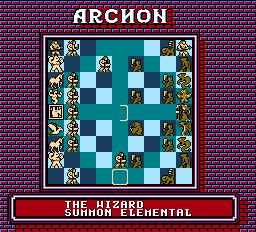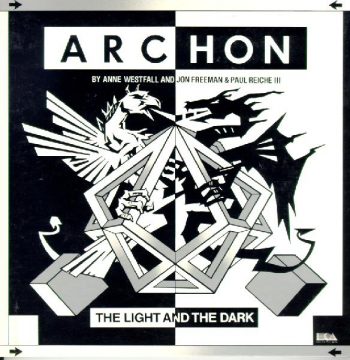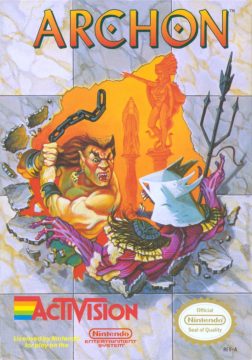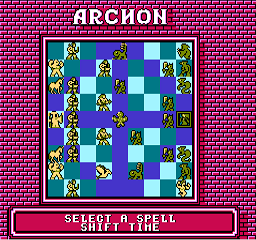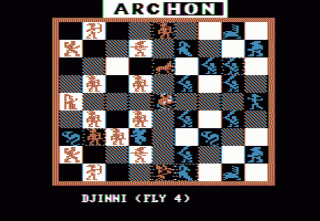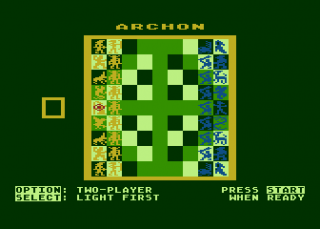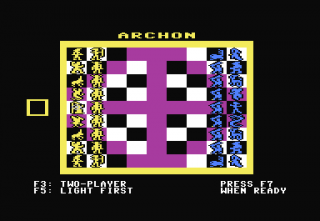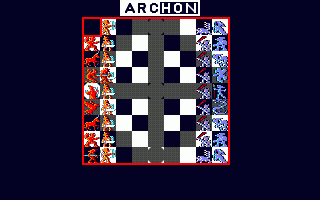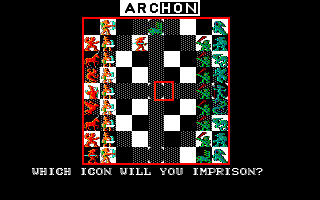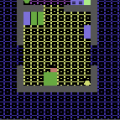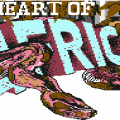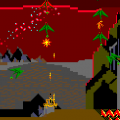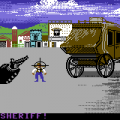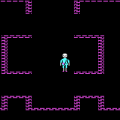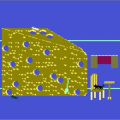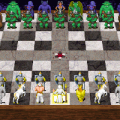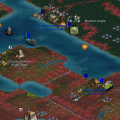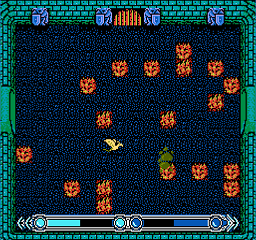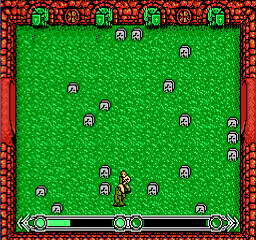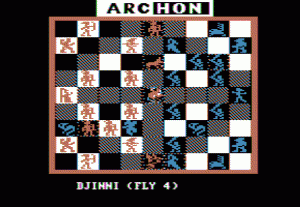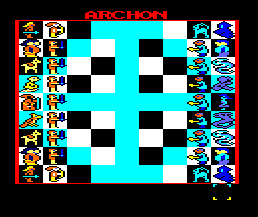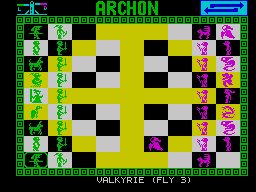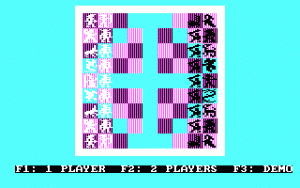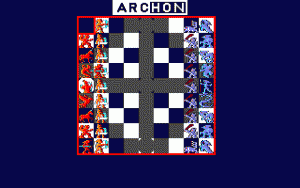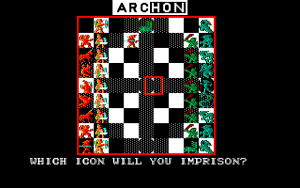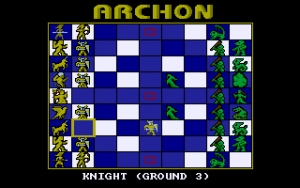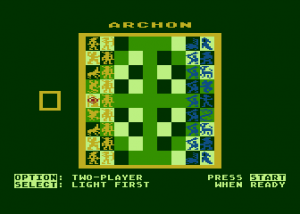Board games like chess and checkers have enamored players for centuries, with strategy positioning being essential in defeating your opponent. Freefall Associates’ Archon, initially released in 1983, was the fulfillment of a long-held but seemingly impossible fantasy: the high level strategy of traditional chess mixed with intense moment-to-moment action, and the ability to influence the outcome of each battle as it occurred. While various takes on battle chess added an element of simulated combat to the staid chess formula, Archon delivers an unparalleled level of interactivity. The game also benefits from creators with an impressive pedigree, amongst them Paul Reiche III, the mastermind behind titles like Mail Order Monsters, Starflight, and Star Control. Reiche remains active in the industry today, helming more recent entries in Activision’s toys-to-life juggernaut Skylanders.
The full name of the original release is Archon: The Light and The Dark. The game takes on a 9×9 board, of course, with one player on the left side and the other on the right. The units are not bound by the same movement rules as checkers or chess and can be placed around within their movement radius. When two units enter combat, they are taken to a separate field where they do battle. However, you can’t just spam the button and hope to win, as you need to recover for a short period of time after each attack, adding an extra layer of strategy. There are also bits of scenery on the field that can shield each player from the others’ projectiles.
Archon also takes that polarity much farther than traditional chess’ colored pieces. The sides represent the forces of good and evil, and the pieces aren’t perfectly symmetrical the way they are in chess. While most of the pieces are fairly similar to their counterparts in the opposing army, there are some important disparities. The dark side, for instance, has a doppleganger unit that assumes the form of any piece it battles, but it also has a tremendous amount of life, which gives it an important advantage in these mirror matches. The dark side also has access to one of the most powerful creatures in the game, the dragon, whose high health, speed, and fast-moving projectile breath weapon make it more than a match for any of the light side units. There are twenty types of units in total.
While, perhaps appropriately, the dark side has a bit of an edge in terms of unit balance (what’s more noble, after all, than a virtuous underdog overcoming the odds?), the light side isn’t without advantages of its own. The golem, for instance, while slow moving, has tremendous health and deals huge amounts of damage with its projectile attacks. It’s a perfect foil for melee combatants and combines the best attributes of both tank and DPS. In contrast, the unicorn is both lightning quick and equipped with a potent ranged attack, so it’s well suited to striking from a distance and evading enemy attacks.
Archon’s fantasy influence isn’t limited purely to unit selection, however. It also features a magic system that represents one of the key pillars of strategy for both sides. Not only do the magical effects represent the potential to change the game dramatically at a moment’s notice, they’re also wielded by in-game units. Eliminate the wizard or the sorceress and you don’t only remove one of the most powerful units in the game, you also cripple your opponent’s spell-casting.
Spells are so vital in Archon because they allow you to manipulate the basic rules that define chess. You can ignore a unit’s movement limitations and teleport them anywhere on the map, heal a grievously wounded creature and restore one of your most powerful units to full strength, or even resurrect a fallen piece. Magic also allows you to cripple an enemy piece for five full turns, effectively removing one of your most challenging enemies from play until you’re ready (and positioned) to contend with them. Perhaps most impressively of all, the spell casters on both sides can summon powerful elemental unit to attack an enemy piece. These elementals are a match for practically any other unit, and add a level of unpredictability standard chess can’t match. In fact, the magic system as a whole adds another dimension of strategy players need to contend with, another way that Archon demonstrates how it’s not just a chess game with a few interesting wrinkles but a fully fleshed out experience completely its own.
Archon also differentiates itself from its inspiration with its victory conditions. Instead of trying to trap a key piece on the opposing side as in chess, Archon tasks players with either completely eliminating all of an opponent’s pieces or capturing five critical squares on the board. Two of these squares represent the starting positions of each side’s spellcasters, and then the final three are arrayed down the center column of the board. End a turn with a creature atop each of the five squares and your side is victorious.
Those five squares aren’t the only strategic concern represented on the board, however. Unlike a traditional chess board, the Archon board is comprised of three different sorts of tiles. Alongside standard light and dark tiles, there is a third tile type that cycles colors, and important consideration because when a unit matches the color of the tile it’s positioned on, it gains a significant boost to its combat capabilities, another tactical concern for players to juggle and another way Archon evolves chess’ time tested formula.
That isn’t to suggest that Archon is without flaws. With enough experience, despite what at the time was a very innovative dynamic difficulty system, the enemy AI becomes fairly easy to predict and defeat, both in terms of its game board behavior and the way it acts in combat. And the imbalance between sides, while slight, is a significant concern, particularly when playing against other human players.
Originally developed in 1983 for the Atari 8-bit family of home computers, a large audience didn’t discover Archon until years later when it appeared on the Nintendo Entertainment System, fully six years after its initial release. The original was a great fit on Atari’s answer to the Apple II because of those machines’ enhanced graphical and sound capabilities, but it inevitably found its way to the Apple II as well, alongside versions for a huge number of other platforms including the Commodore 64, Amiga, and IBM PC. The various versions don’t differ too dramatically except in terms of control eccentricities native to the different platforms, and palette swaps and coloration differences. The C64 version, for instance, colors the changing tiles in a vivid purple, contrasted by the shades of blue of the NES version. The Amiga version, generally considered an inferior port, renders battles against a flat black background (in contrast to the green backdrop of the Atari original), whereas the NES version, easily the best version of that era, added texture and detail to the battle arenas.
There are also ports to assorted Japanese home computers, like the Sharp X1, MZ-2500, FM7 and PC88/98. They were ported by Intertex and published by Bullet Proof Software. Visually, these most closely resemble the Apple II version, though with slightly higher quality sprites, and adds in some simple music and different sound effects from the other versions.
Outside of some minor quibbles. Archon stands up as one of the best and most entertaining games of its era, and holds up even today as a fun diversion, proven out by pseudo-sequels like the Steam version, Archon Classic, and a mobile version for smartphones. Its success led not only to ports to almost every platform of its era but also to a similarly entertaining sequel, Archon II: Adept.
Screenshot Comparisons
